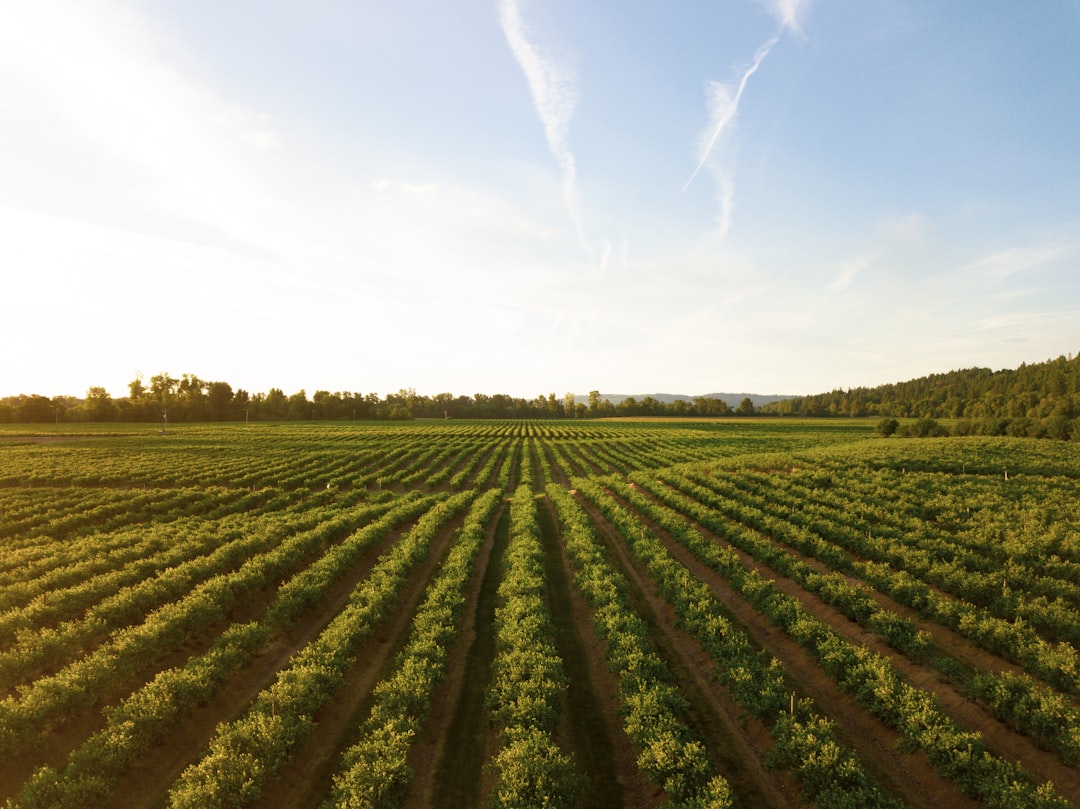Nematodes, often referred to as roundworms, are microscopic organisms that exist in almost every environment on Earth. While many nematodes are harmless or even beneficial, a significant number are plant-parasitic and pose a major threat to agricultural productivity. These tiny pests can cause extensive damage to crops, leading to yield losses and increased management costs. In this blog post, we will explore the impact of nematodes on agriculture, methods for identifying infestations, and strategies for effective management.
Understanding Nematodes and Their Impact on Agriculture
Nematodes are unsegmented, thread-like worms that live in the soil and water. Among the thousands of nematode species, plant-parasitic nematodes feed on roots, stems, leaves, and seeds, disrupting the growth and development of crops. Some of the most problematic nematode species include:
- Root-knot nematodes (Meloidogyne spp.): These nematodes cause characteristic galls or knots on roots, stunting plant growth.
- Cyst nematodes (Heterodera and Globodera spp.): These pests form cysts on roots, which interfere with water and nutrient uptake.
- Lesion nematodes (Pratylenchus spp.): Known for causing lesions on roots, they increase plant susceptibility to secondary infections.
The damage caused by nematodes is not always visible above ground, making them a "hidden enemy." Symptoms such as stunted growth, yellowing, wilting, and reduced yields are often mistaken for nutrient deficiencies or water stress, leading to delayed intervention.
Identifying Nematode Infestations
Effective management begins with accurate identification. Farmers and agronomists can use the following methods to detect nematode infestations:
- Soil and Root Sampling: Collecting soil and root samples for laboratory analysis can help identify nematode species and their population densities.
- Visual Inspection: Look for signs such as root galls, lesions, or cysts. These symptoms vary depending on the nematode species.
- Diagnostic Tools: Modern molecular techniques, such as PCR (Polymerase Chain Reaction), offer precise identification of nematode species.
Strategies for Nematode Management
Managing nematodes requires an integrated approach that combines cultural, biological, and chemical methods. Here are some effective strategies:
1. Crop Rotation
Planting non-host crops can break the life cycle of nematodes. For example, rotating cereal crops with legumes or brassicas can reduce nematode populations in the soil.
2. Resistant Varieties
Many crop breeders have developed nematode-resistant cultivars. Using these varieties can help minimize damage, especially in areas with high nematode pressure.
3. Organic Amendments
Adding organic matter such as compost, manure, or biofumigants (e.g., mustard cover crops) can suppress nematode populations and improve soil health.
4. Biological Control
Beneficial organisms, such as predatory nematodes, fungi, and bacteria, can naturally regulate nematode populations. For instance, fungi like Trichoderma and bacteria like Pasteuria penetrans are known to be effective biological control agents.
5. Chemical Nematicides
When infestations are severe, chemical nematicides can be used as a last resort. However, these should be applied with caution due to their potential impact on non-target organisms and the environment. Always follow recommended guidelines for application.
6. Soil Solarization
This method involves covering soil with clear plastic sheets during hot weather to trap solar heat, which kills nematodes and other soilborne pests.
7. Good Sanitation Practices
Cleaning farming tools and machinery can prevent the spread of nematodes from infested to non-infested areas.
Preventive Measures: The Key to Success
Prevention is the most cost-effective way to manage nematodes. Farmers should adopt practices such as:
- Regularly monitoring soil health and nematode populations.
- Implementing crop rotation and intercropping systems.
- Using certified disease-free planting materials.
- Maintaining proper irrigation and drainage to reduce stress on plants.
Conclusion
Nematodes represent a significant but manageable threat to agriculture. By understanding their biology and implementing a combination of preventive and control measures, farmers can protect their crops and ensure sustainable agricultural production. Integrated nematode management not only minimizes yield losses but also promotes long-term soil health, benefiting farming systems for generations to come.
If you’ve had experiences managing nematode infestations or have questions about the strategies discussed, feel free to share your thoughts in the comments below!

Comments
No comments yet. Be the first to comment!
You must be logged in to comment. Login